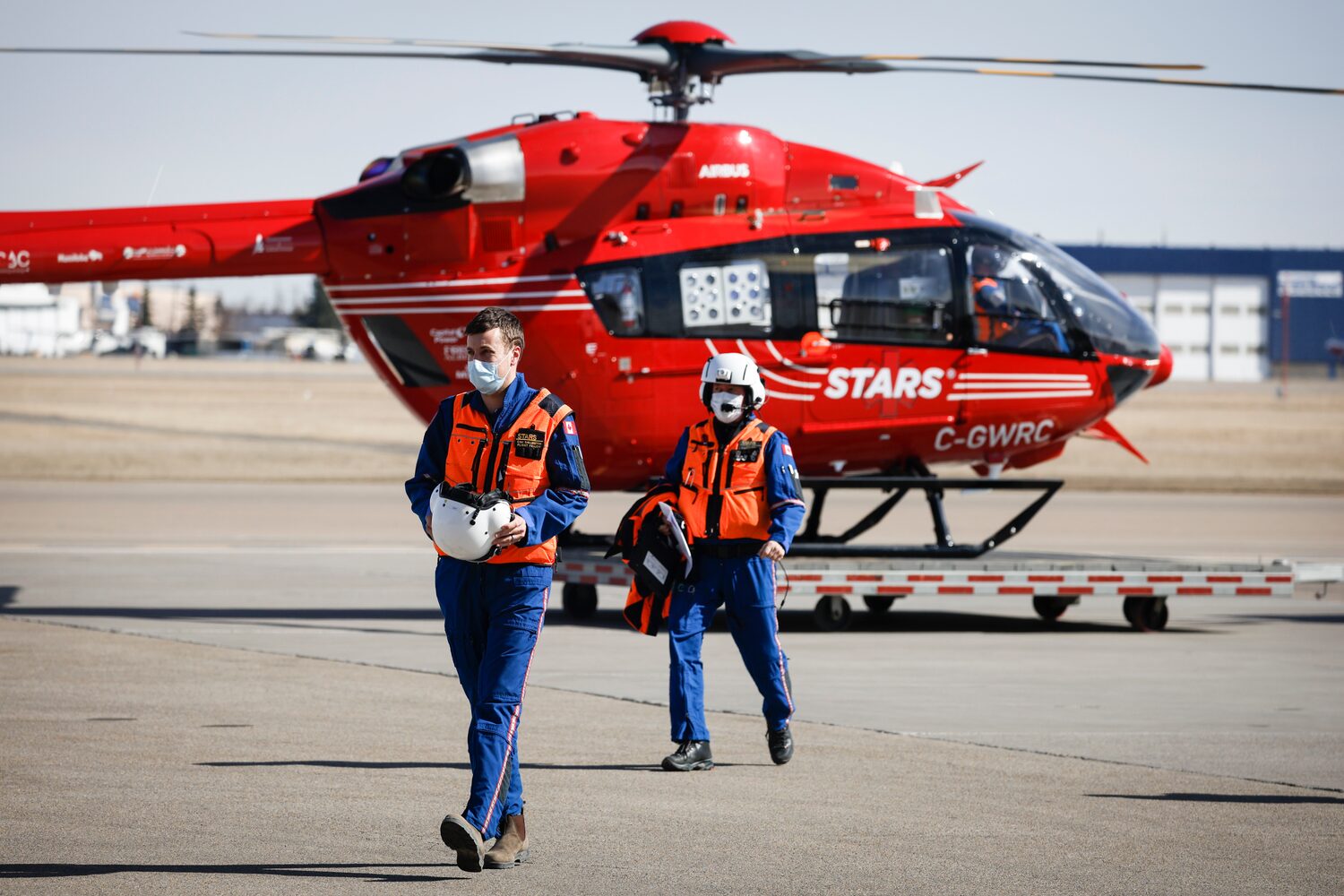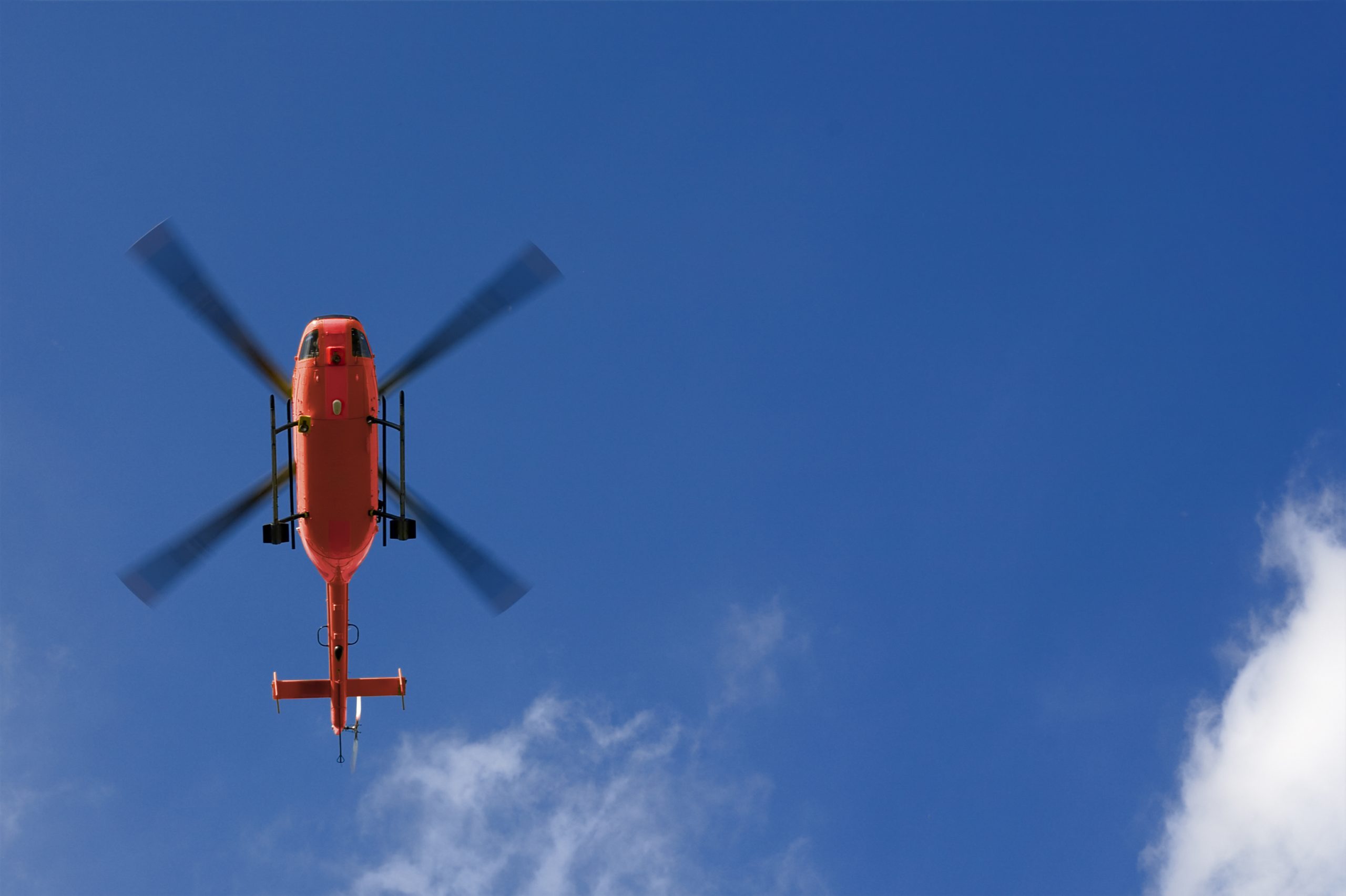So you’re probably wondering, what’s the big difference between an air ambulance and a conventional flight? Well, my friend, let me break it down for you. When you hop on a regular airplane, you’re usually thinking about jetting off to some faraway destination, right? But when it comes to air ambulances, it’s a whole different ball game. These special flights are all about saving lives and providing critical medical care to those in need. From specially trained medical staff to state-of-the-art equipment, air ambulances are like flying hospitals in the sky. They’re equipped to handle emergencies, transport patients with complex medical needs, and ensure that each moment in the air is dedicated to delivering the best possible care. So buckle up, because in this article, we’re going to delve into all the nitty-gritty details and explore the fascinating differences between air ambulances and conventional flights. Get ready to have your curiosity satisfied and your knowledge expanded!

Cost
Expensive
Air ambulances can often come with a hefty price tag, and it’s important to understand the reasons behind their costs. One of the main factors is the specialized equipment and medical staff onboard. These aircraft are equipped with advanced monitoring systems and specialized medical equipment that are necessary for providing emergency medical care at high altitudes. The cost also covers the highly qualified medical professionals who are trained to handle critical situations and provide the necessary care during the flight.
Insurance coverage
When considering air ambulance services, it’s essential to review your insurance coverage. Depending on your policy, air ambulance costs may or may not be covered. Some insurance plans only cover a portion of the expenses, while others may provide full coverage. It’s crucial to check with your insurance provider to understand the extent of coverage and any additional out-of-pocket expenses you may incur.
Additional fees
In addition to the base cost of an air ambulance, there may be additional fees associated with the flight. These fees can include ground transportation to and from the airports, fuel surcharges, landing fees at various airports, and medical escorts if required. It’s important to ask for a detailed breakdown of all the costs involved to ensure there are no surprises later on.
Medical Equipment
Specialized equipment
Air ambulances are equipped with specialized medical equipment that goes beyond what is available on conventional flights. These aircraft are equipped with ventilators, defibrillators, cardiac monitors, and other life-saving equipment needed to provide critical care during transport. The equipment is meticulously maintained and regularly checked to ensure it is in optimal working condition.
Advanced monitoring systems
One of the key features of air ambulances is their advanced monitoring systems. These systems allow medical professionals to closely monitor patients during the flight, ensuring their vital signs remain stable and any changes in their condition can be quickly addressed. The real-time monitoring capability of these systems provides an extra layer of safety and helps medical staff deliver the highest level of care possible.
Medical Staff
Qualified medical professionals
Air ambulances are staffed by highly qualified medical professionals who have extensive experience in emergency medicine. These professionals include doctors, nurses, paramedics, and respiratory therapists, among others. They undergo rigorous training to ensure they are equipped to handle a wide range of medical emergencies that may occur during a flight. Their expertise and quick decision-making skills are critical in providing optimal care to patients in a time-sensitive environment.
Specialized training
Medical professionals working in air ambulances receive specialized training specific to airborne medical transport. This training covers topics such as altitude physiology, advanced life support techniques during transportation, and managing patients in a confined space. This specialized training enables them to adapt to the unique challenges that arise during air ambulance operations and provide the highest level of care possible.
Customization and Flexibility
Tailored medical care
Air ambulances offer the advantage of tailored medical care. Each flight is customized to meet the specific needs of the patient. Medical professionals onboard are trained to respond to various medical conditions and can provide specialized care during the flight. This customization ensures that the patient receives the appropriate medical interventions necessary for their condition throughout the journey.
Flexible scheduling
Air ambulances provide flexibility in terms of scheduling. They are available 24/7 and can be prepared for immediate deployment in case of emergencies. Additionally, they can accommodate changes in flight plans or stops along the way to address unforeseen circumstances. This flexibility is crucial in ensuring that patients receive the care they need promptly, regardless of the time and location.
Speed and Efficiency
Faster travel times
One of the significant advantages of air ambulances over conventional flights is their ability to travel at faster speeds. Air ambulances can bypass traffic congestion and take direct routes to their destination, resulting in reduced travel times. In critical medical situations, every minute counts, and the ability to reach a medical facility quickly can significantly impact patient outcomes.
Direct routes
Unlike commercial flights that often have layovers and multiple stops, air ambulances can take direct routes to the desired destination. This eliminates unnecessary delays and allows for a more efficient transfer of patients. The ability to fly non-stop to the destination ensures that patients receive continuous medical attention and minimizes the risk of complications during transportation.
Accessibility
Rural and remote areas
Air ambulances play a vital role in providing medical assistance to individuals living in rural and remote areas. These regions often lack sufficient medical facilities, making it challenging to receive timely and specialized care. Air ambulances can bridge this gap by quickly transporting patients to the nearest appropriate medical facility, ensuring they receive the critical care they need in a timely manner.
Challenging terrain
Some areas, such as mountainous regions or islands, present challenging terrain that may be inaccessible to conventional transportation methods. Air ambulances are equipped to navigate these difficult terrains, providing a lifeline in emergency situations. They can land in remote locations and transport patients to the nearest medical facility, regardless of the obstacles posed by the terrain.
Emergency Response
Quick mobilization
Air ambulances are designed to be rapidly mobilized in emergency situations. They are equipped and ready to fly at a moment’s notice, allowing for timely response and swift transportation of patients. This quick mobilization ensures that critically ill or injured individuals receive the necessary medical attention as soon as possible, increasing their chances of survival and recovery.
Immediate medical attention
During an air ambulance flight, patients receive immediate medical attention from highly trained medical professionals. The medical staff onboard can address any medical emergencies that arise during the transport, providing critical care until the patient reaches the appropriate medical facility. This immediate medical attention can be life-saving in situations where every second counts.
Safety
Strict safety standards
Air ambulances adhere to stringent safety standards to ensure the well-being of both the patients and the medical staff onboard. These aircraft undergo regular maintenance checks, and their pilots are required to meet strict aviation regulations. Additionally, the medical equipment and supplies are carefully secured to ensure they do not pose any safety risks during the flight. These safety measures provide peace of mind to patients and their families during the journey.
Medical escorts
In certain cases, patients may require additional assistance and support during the flight. Air ambulances can provide medical escorts who accompany patients and provide continuous care and monitoring throughout the journey. These medical escorts are trained to handle various medical conditions and can promptly respond to any emergencies that may arise. Having a dedicated medical escort onboard adds an extra layer of safety and ensures patients receive the necessary care during the flight.
Legal Considerations
Liability issues
As with any medical service, there are legal considerations involved in air ambulance operations. Liability issues can arise from various factors, including medical malpractice and negligence. It’s essential for air ambulance providers to have appropriate liability insurance coverage to protect both the patient and the medical staff in the event of unforeseen circumstances or complications during the flight.
Medical malpractice
Air ambulance services must adhere to the same standards of medical care as any other healthcare provider. In cases where medical malpractice occurs during an air ambulance transport, patients have the right to pursue legal action to seek compensation or redress for any harm or injuries suffered. It’s crucial for air ambulance providers to prioritize patient safety and ensure that all medical procedures and protocols are followed diligently to mitigate the risk of medical malpractice.
Non-Medical Passengers
Accommodation for family members
Air ambulances understand the importance of family support during medical emergencies. They often have provisions for accommodating family members accompanying the patient. Whether it’s providing additional seating or in-flight amenities, these measures help ensure that the patient’s loved ones can be present throughout the journey and provide emotional support during a challenging time.
Comfort and privacy
Air ambulance flights prioritize the comfort and privacy of both the patient and their accompanying family members. The aircraft are designed to provide a comfortable environment for patients, with adjustable seating, climate control, and noise reduction measures. Additionally, privacy curtains or dividers can be utilized to create a private space within the aircraft, allowing patients and their families to have personal moments during the flight.
In conclusion, air ambulances offer a range of advantages over conventional flights when it comes to providing emergency medical transportation. While they may come with a higher cost, the specialized equipment, qualified medical staff, customization and flexibility, speed and efficiency, accessibility to remote areas, emergency response capabilities, safety standards, legal considerations, and provisions for non-medical passengers make air ambulances a valuable option for those in need of urgent medical transport.



